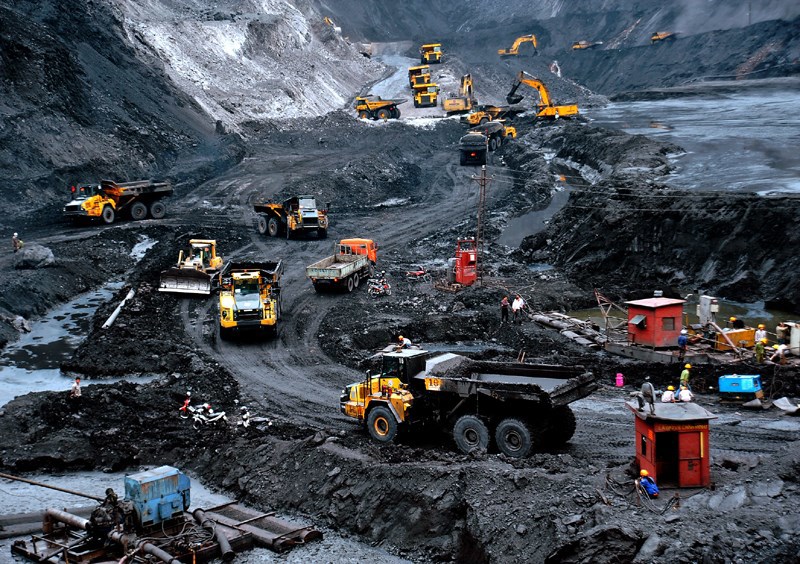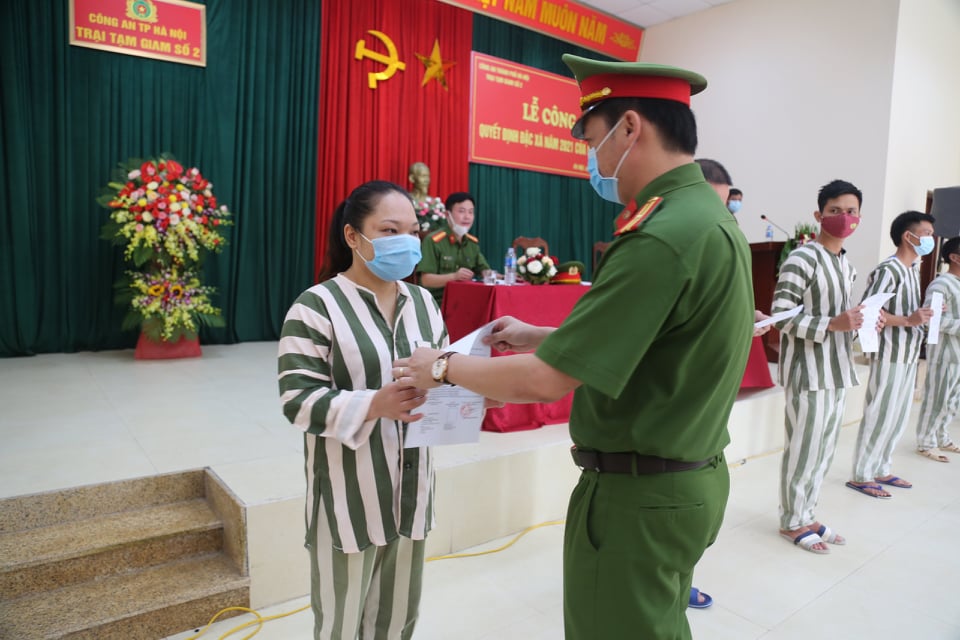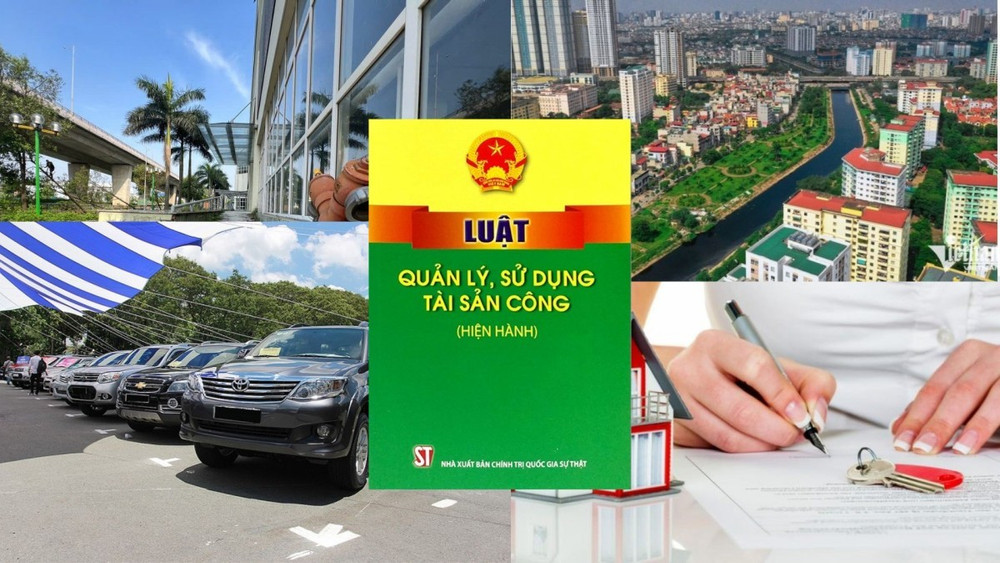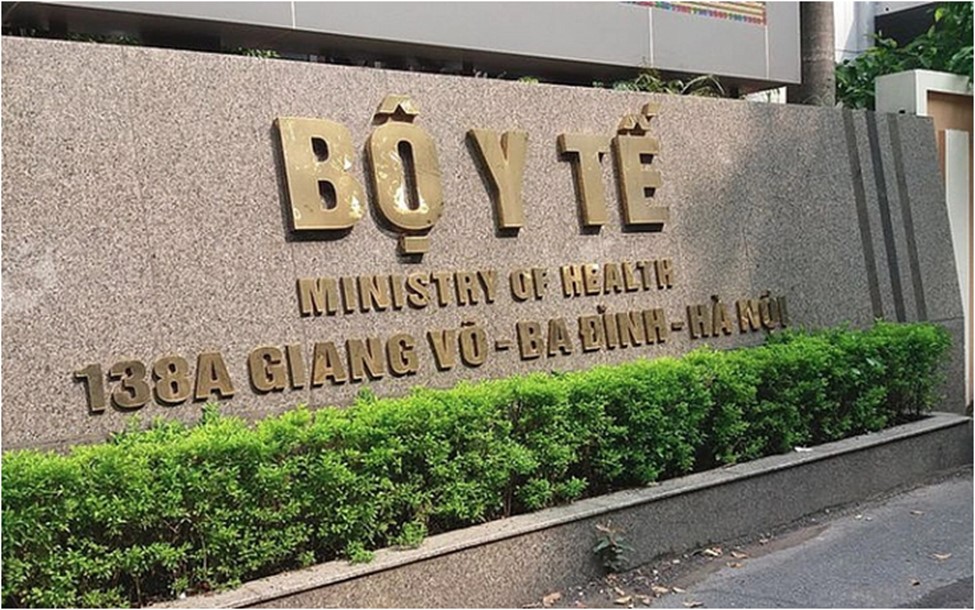Are the State allowed to recover land for the purpose of mining of minerals in Vietnam?
Are the State allowed to recover land for the purpose of mining of minerals in Vietnam? - Huynh Nhat (Quang Nam)

Are the State allowed to recover land for the purpose of mining of minerals in Vietnam? (Internet image)
Regarding this issue, LawNet would like to answer as follows:
1. Are the State allowed to recover land for the purpose of mining of minerals in Vietnam?
Pursuant to Article 62 of the Land Law 2013, the State may recover land for socio-economic development in the national or public interest in the following cases:
- Implementation of projects of national importance which are approved in principle by the National Assembly for which land must be expropriated.
- Implementation of projects which are approved or decided by the Prime Minister, including:
+ Projects on construction of industrial parks, export processing zones, hi-tech zones, economic zones, new urban centers; investment projects funded with official development assistance (ODA) capital;
+ Projects on construction of offices of state agencies, central political and socio-political organizations, offices of foreign organizations with diplomatic functions; ranked historical-cultural relics and scenic spots, parks, squares, statutes, monuments and national public non-business facilities;
+ Projects for construction of national technical infrastructure including transport, irrigation, water supply and drainage, electricity and communication facilities; oil and gasoline pipelines and depots; national reserve warehouses; facilities for waste collection and treatment.
- Implementation of projects which are approved by provincial-level People’s Councils for which land must be expropriated, including:
+ Projects on construction of offices of state agencies, political and socio-political organizations; ranked historical-cultural relics and scenic spots, parks, squares, statutes, monuments, and local public non-business facilities;
+ Projects on construction of local technical infrastructure including transport, irrigation, water supply and drainage, electricity, communication and urban lighting works; facilities for waste collection and treatment;
+ Projects on construction of common activities of the communities; projects on resettlement, dormitories for students, social houses, and public-duty houses; construction of religious institutions, public culture, sports and entertainment and recreation centers; markets; graveyards, cemeteries, funeral service centers and cremation centers;
+ Projects on construction of new urban centers and rural residential areas; on improvement of urban areas and rural residential areas; industrial clusters; concentrated zones for production and processing of agricultural, forestry, aquaculture and seafood products; and projects on development of protection forests or special-use forests;
+ Mining projects that are licensed by competent agencies, except mining of minerals for use as common construction materials, peat, and minerals in scattered and small mining areas, and salvage mining.
Thus, according to the above regulations, the State are allowed to recover land for the purpose of mining of minerals, but must be licensed by competent agencies.
In addition, in cases of mining of minerals for use as common construction materials, peat, and minerals in scattered and small mining areas, and salvage mining, the State are not allowed to recover land
2. What are minerals used as common construction materials under the law in Vietnam?
According to Clause 1 of Article 64 of the Mineral Law 2010, minerals used as common construction materials under the law in Vietnam include:
- Sand of all kinds (except siliceous white sand) with SiO, content of less than 85%, not containing or containing calciterit, wolframit, monazite, zircon, ilmenite minerals, and accompanied gold which fails to satisfy deposit calculation criteria specified by the Ministry of Natural Resources and Environment;
- Clay used for the production of bricks and tiles according to Vietnamese standards and technical regulations, clays (except bentonite and kaolin clays) not qualified for production of construction ceramics, fireclay materials and cement according to Vietnamese standards and technical regulations;
- Sandstone and quartzite stone with SiO2 content of less than 85%, not containing or containing metallic minerals, native metals, radioactive and rare elements which fail to satisfy deposit calculation criteria specified by the Ministry of Natural Resources and Environment or are not qualified for use as facing stones or fine-art stones according to Vietnamese standards and technical regulations;
- Sedimentary rocks of different kinds (except diatomite. bentonite and rock containing keramzit), magma rocks (except nephelin syenit rock, column or foam basalt), metamorphic rocks (except mica schist rich in vermiculite) not containing or containing metallic minerals, native metals, gemstones. semi-gemstones and radioactive and rare elements which fail to satisfy deposit calculation criteria specified by the Ministry of Natural Resources and Environment or are not qualified for use as facing stones, fine-art stones or feldspar technical materials used for construction ceramic production according to Vietnamese standards and technical regulations;
- Schist of different kinds, except roofing schist, combustible schist and schist containing sericit, disten or sillimanit minerals exceeding 30% in content;
- Pebbles, gravel and dust not containing gold, platinum, gemstones and semi-gemstones; laterite not containing native metals or metallic minerals;
- Limestone, chalky clay and marbles (except limestone stalactites, white limestone and white marble) not qualified for use as materials for Portland cement production according to Vietnamese standards and technical regulations or not qualified for use as materials for the production of facing stones or fine-art stones according to Vietnamese standards and technical regulations;
- Dolomite stone with MgO content of less than 15%, dolomite stone not qualified for the production of construction glass or for use as materials for the production of facing stones or fine-art stones according to Vietnamese standards and technical regulations.
Nguyen Ngoc Que Anh
- Key word:
- mining of minerals
- in Vietnam
- Vietnam
- Cases of land rent exemption and reduction under the latest regulations in Vietnam
- Economic infrastructure and social infrastructure system in Thu Duc City, Ho Chi Minh City
- Regulations on ordination with foreign elements in religious organizations in Vietnam
- Increase land compensation prices in Vietnam from January 1, 2026
- Determination of land compensation levels for damage during land requisition process in Vietnam
- Who is permitted to purchase social housing according to latest regulations in Vietnam?
-

- Number of deputy directors of departments in Vietnam ...
- 15:04, 05/03/2025
-

- Cases ineligible for pardon in Vietnam in 2025
- 14:43, 05/03/2025
-

- Decree 50/2025 amending Decree 151/2017 on the ...
- 12:00, 05/03/2025
-

- Circular 07/2025 amending Circular 02/2022 on ...
- 11:30, 05/03/2025
-

- Adjustment to the organizational structure of ...
- 10:34, 05/03/2025
-

- Notable new policies of Vietnam effective as of ...
- 16:26, 11/04/2025
-
.Medium.png)
- Notable documents of Vietnam in the previous week ...
- 16:21, 11/04/2025
-
.Medium.png)
- Notable documents of Vietnam in the previous week ...
- 16:11, 02/04/2025
-
.Medium.png)
- Notable new policies of Vietnam to be effective ...
- 16:04, 02/04/2025
-
.Medium.png)
- Notable new policies of Vietnam effective from ...
- 14:51, 21/03/2025
 Article table of contents
Article table of contents
